 by "ttyymmnn" (ttyymmnn)
by "ttyymmnn" (ttyymmnn)
Published 10/11/2017 at 12:35
 by "ttyymmnn" (ttyymmnn)
by "ttyymmnn" (ttyymmnn)
Published 10/11/2017 at 12:35
Tags: wingspan
; planelopnik
STARS: 12
In 1962, the Department of Defense issued the tri-service aircraft designation system to standardize the letters and numbers that were used to identify military aircraft. For 40 years, the Army and the Navy each used their own system, which can be downright confusing to modern aviation historians and casual plane spotters alike.
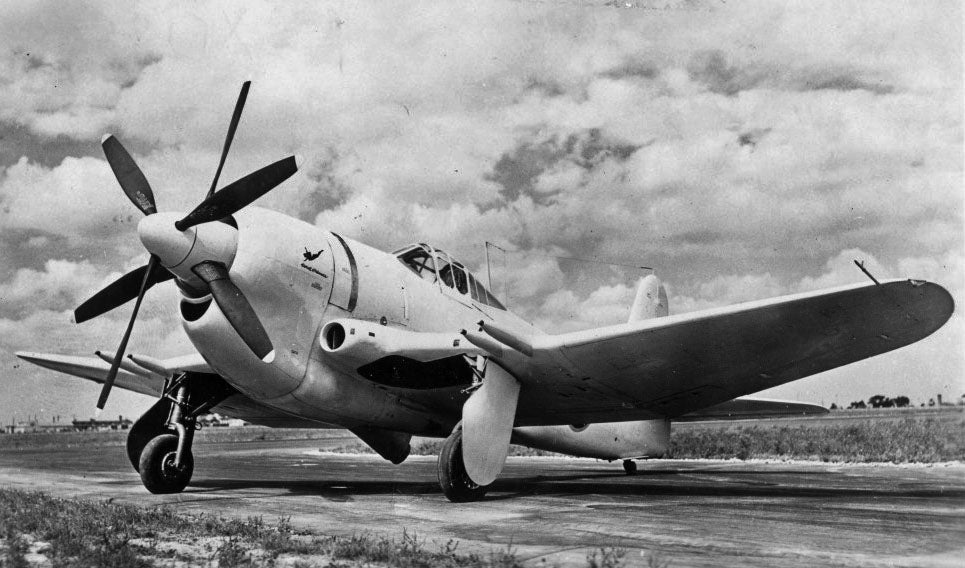
Beginning 1924
, the US Army Air Corps/Air Forces/US Air Force used a relatively simple system that was similar to what we see today. The first letter in an aircraft’s name denoted its mission, while the numbers were assigned sequentially by the Army or Air Force. P meant pursuit (
Boeing P-26 Peashooter
) before the P was replaced with F for fighter, B meant bomber (
B-17 Flying Fortress
), C meant cargo (
C-46 Commando
), and so on. Pretty straightforward, and there are many more types of aircraft beyond these. An additional letter at the front designated a special status. For example, X meant experimental and Y indicated an aircraft that was in testing or pre-production. Therefore, the
Northrop YB-35
was a pre-production bomber, the 35th to be developed by the Air Force.
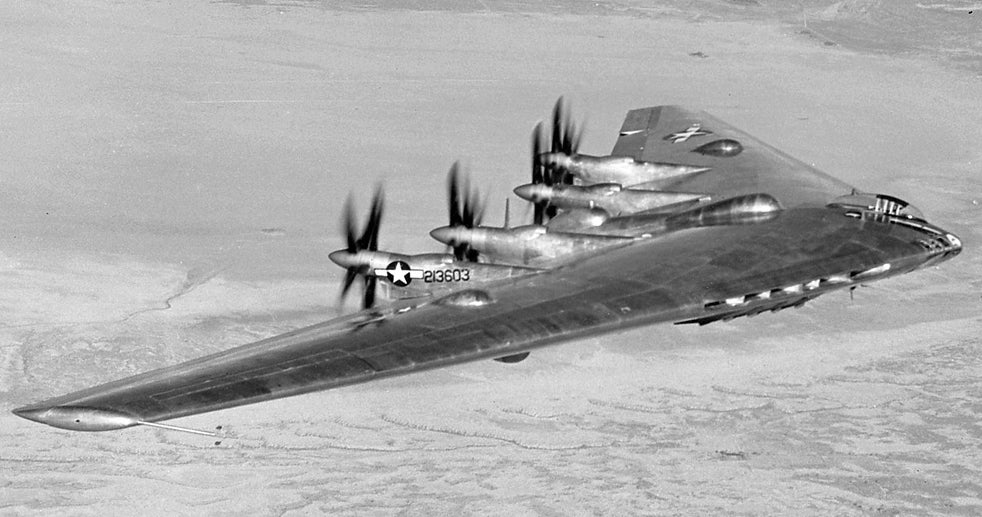
But the Navy, being the Navy, had to do things their own way. In their system , which dated back to 1924, the Navy tried to put as much information as possible into their aircraft designations. The result was an alphabet soup of seemingly arbitrary numbers and letters. But there was a method to their madness. Let’s take a look at the different parts in order. Readers are encouraged to take notes.

The first letter or letters denoted the aircraft’s mission: SB for scout bomber ( Douglas SBD Dauntless ), F for fighter (Grumman F4F Wildcat) , PB for patrol bomber ( Consolidated PBY Catalina ), and so on. This could be modified by the prefix X for experimental ( Boeing XF8B-1 ).
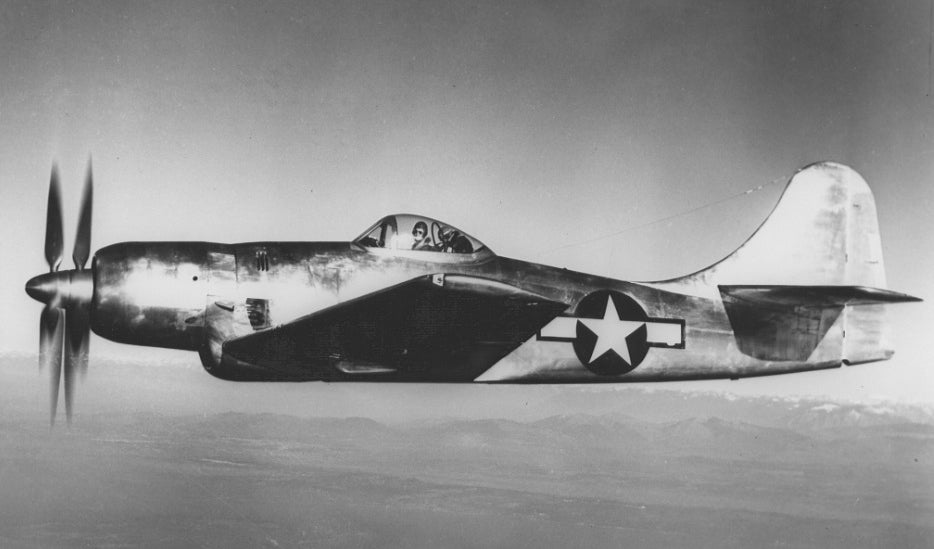
The number following the mission designator was the sequential design number for a specific manufacturer. For example, the Grumman F6F Hellcat was the sixth fighter designed by Grumman. The letter that followed the number (and there wasn’t always a number) was a manufacturer’s code. For example, McDonnell was H, Boeing was B, and Vought was U, as in the Vought F4U Corsair . However, those manufacturer codes were often repeated or reused over time. B denoted Boeing, but it also meant Beechcraft or Budd , and, for a few years, all three were in use at the same time.
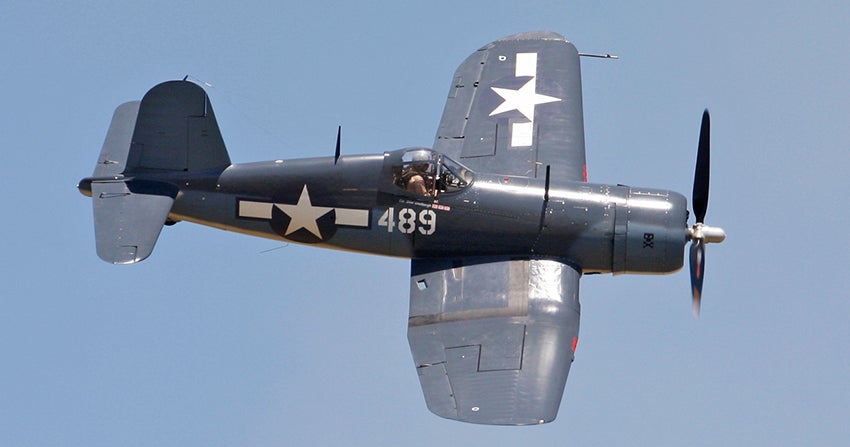
A hyphenated number after the manufacturer code signified the design subtype (
Grumman F9F-2 Panther
), and a final letter denoted a modification, such as the Grumman F6F-5
N
, where N designated a night fighter fitted with a radar. So, like a
Venn diagram
, you could call
any
Hellcat an F6F and you would be correct, but not all F6Fs are F6F-5Ns.
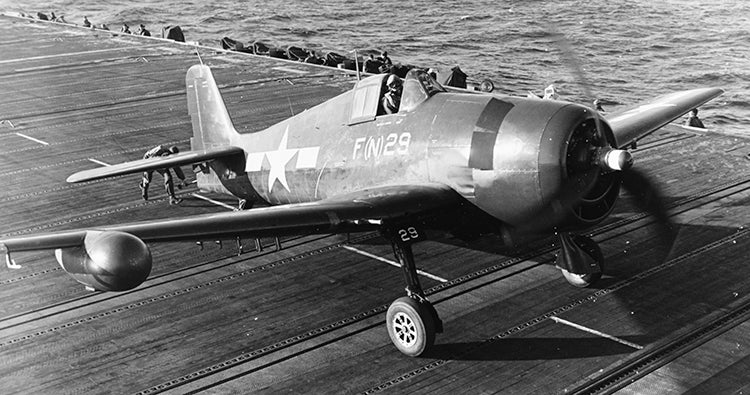
So, putting it all together (or taking it all apart), we can decipher that XF14C-2, which looks like a wi-fi password, really means X for experimental, F for fighter, 14 for the 14th Curtiss fighter design, C for Curtiss, and -2 for the second variant of the original design, or the Curtiss XF14C-2 . (Phew!) And if that weren’t confusing enough, the services used different designations when they flew the same airplane. The B-25 Mitchell bomber flew for the Army, but it was the PBJ for the Navy and Marines, while the C-47 in Army service was the R4D in Navy livery.
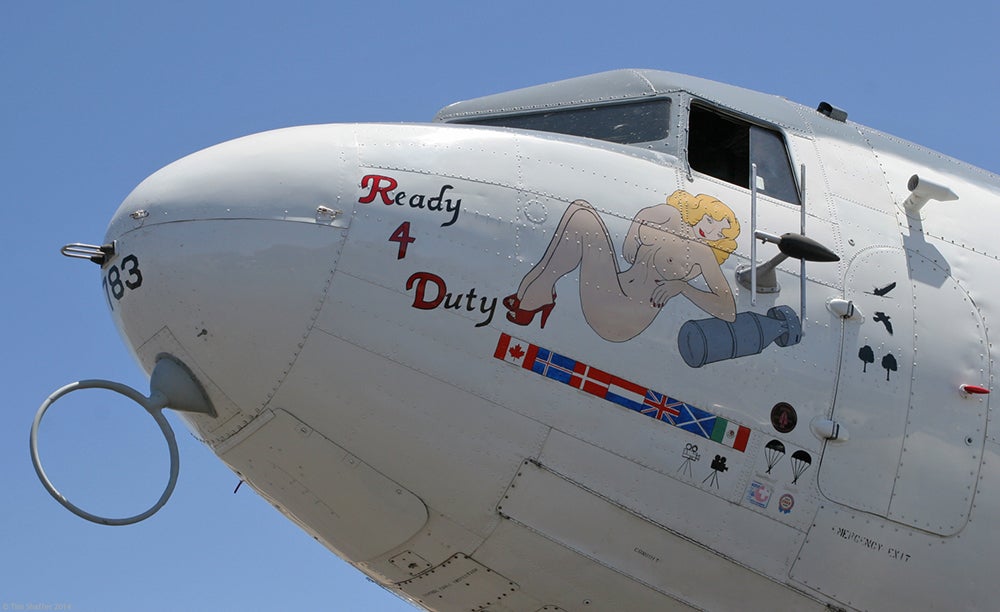
You can see why the DoD was keen on simplifying everything. After the adoption of most of the Air Force system in 1962, aircraft currently serving the Navy and Marine Corps had to be redesignated. For example, the McDonnell Douglas F4H Phantom II became the F-4 Phantom II in all branches, the Douglas A1D Skyraider became the A-1 Skyraider, and the Douglas A3D Skywarrior became the A-3 Skywarrior. Following the General Dynamics F-111 , the numbering system started over with the F-1 Fury .

But if the numbers stopped at 111, how did we get to the
Lockheed F-117 Nighthawk
? And why is it called a fighter when it’s really a tactical bomber? The Air Force often used YF numbers to designate test aircraft, particularly captured Soviet aircraft. For example, a captured
Sukhoi Su-17
became the YF-112, a captured
MiG-23
became the YF-113, a captured
MiG-17
became the YF-114, and other numbers were used unofficially by testing squadrons after that. The Nighthawk was originally called the YF-117 to disguise its true nature, and the number stuck. The F designation stuck too, and it may also have been a canard to mislead prying eyes, or perhaps a means to attract top pilots who didn’t want to fly an attack jet or bomber.
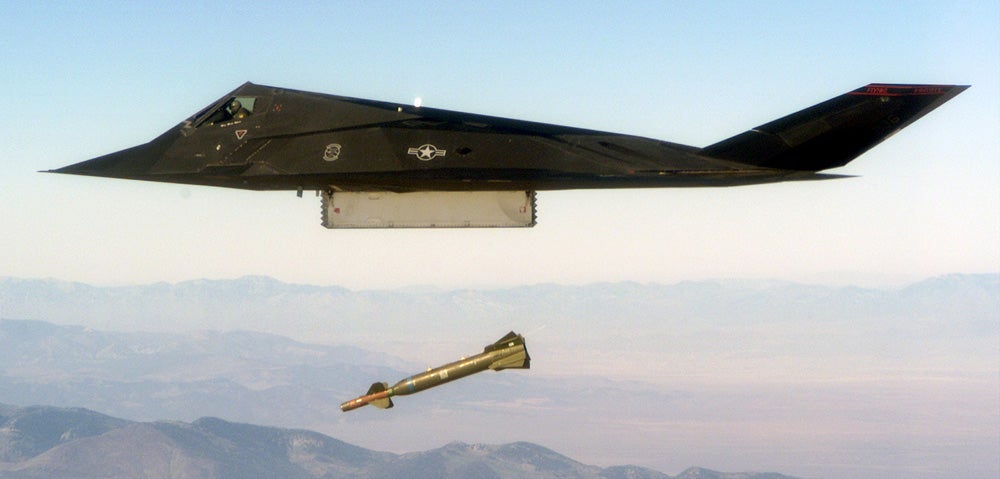
However, the confusing numbers weren’t limited to fighters. After the Convair YB-60 , most of the B numbers went to guided missiles, which were effectively unmanned bombers. The last aircraft in that series was the North American XB-70 , then the numbers started over again with the Rockwell B-1 Lancer . But now the Air Force has jumped from the Northrop Grumman B-2 Spirit to the Northrop Grumman B-21 Raider . How did that happen? In a word: marketing. Following an Air Warfare Symposium in 2016, the Air Force chose the number 21 for its proposed Long Range Strike Bomber (LRS-B) to symbolize the first bomber of the 21st century. So much for sequential numbering.
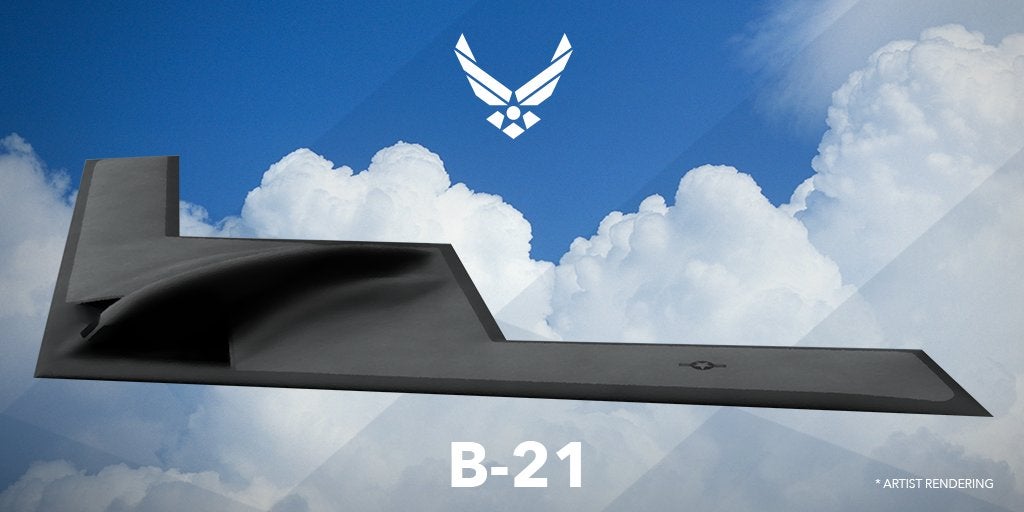
You can find all the information on aircraft designation and manufacturer’s codes, both before and after 1962, at
Wikipedia
.
!!! UNKNOWN CONTENT TYPE !!!
!!! UNKNOWN CONTENT TYPE !!!
!!! UNKNOWN CONTENT TYPE !!!
!!! UNKNOWN CONTENT TYPE !!!
!!! UNKNOWN CONTENT TYPE !!!
!!! UNKNOWN CONTENT TYPE !!!
!!! UNKNOWN CONTENT TYPE !!!
If you enjoyed this post, please join in the conversation and let me know. For more stories about aviation history and aircraft oddities, head over to
Wingspan
.
!!! UNKNOWN CONTENT TYPE !!!
 "X37.9XXS" (x379xxs)
"X37.9XXS" (x379xxs)
10/11/2017 at 12:50, STARS: 3
Ah, yes, the US Navy, causing bureaucratic confusion since 1775
 "ttyymmnn" (ttyymmnn)
"ttyymmnn" (ttyymmnn)
10/11/2017 at 12:56, STARS: 3
Navy’s gonna Navy.
 "Smallbear wants a modern Syclone, local Maple Leafs spammer" (smallbear94)
"Smallbear wants a modern Syclone, local Maple Leafs spammer" (smallbear94)
10/11/2017 at 13:01, STARS: 1
The AF system is simple enough, but I never figured out the Navy (looked too complicated, couldn’t be bothered, remembered individual designations instead).
Thanks!
 "ttyymmnn" (ttyymmnn)
"ttyymmnn" (ttyymmnn)
10/11/2017 at 13:23, STARS: 2
It’s always been gnawing at my brain, so I finally looked it all up!
 "RallyWrench" (rndlitebmw)
"RallyWrench" (rndlitebmw)
10/11/2017 at 13:26, STARS: 3
So they’ve gone all BMW on their numbering now.
 "You can tell a Finn but you can't tell him much" (youcantellafinn)
"You can tell a Finn but you can't tell him much" (youcantellafinn)
10/11/2017 at 15:52, STARS: 1
Funny, the F-117 actually looks sleek in profile. Kind of like a 70's or 80's wedge car. But from almost any other angle it looks like there is no possible way that thing can fly.

I had said from any other angle it looks impossible, but it turns out from directly below it actually looks pretty sleek too.
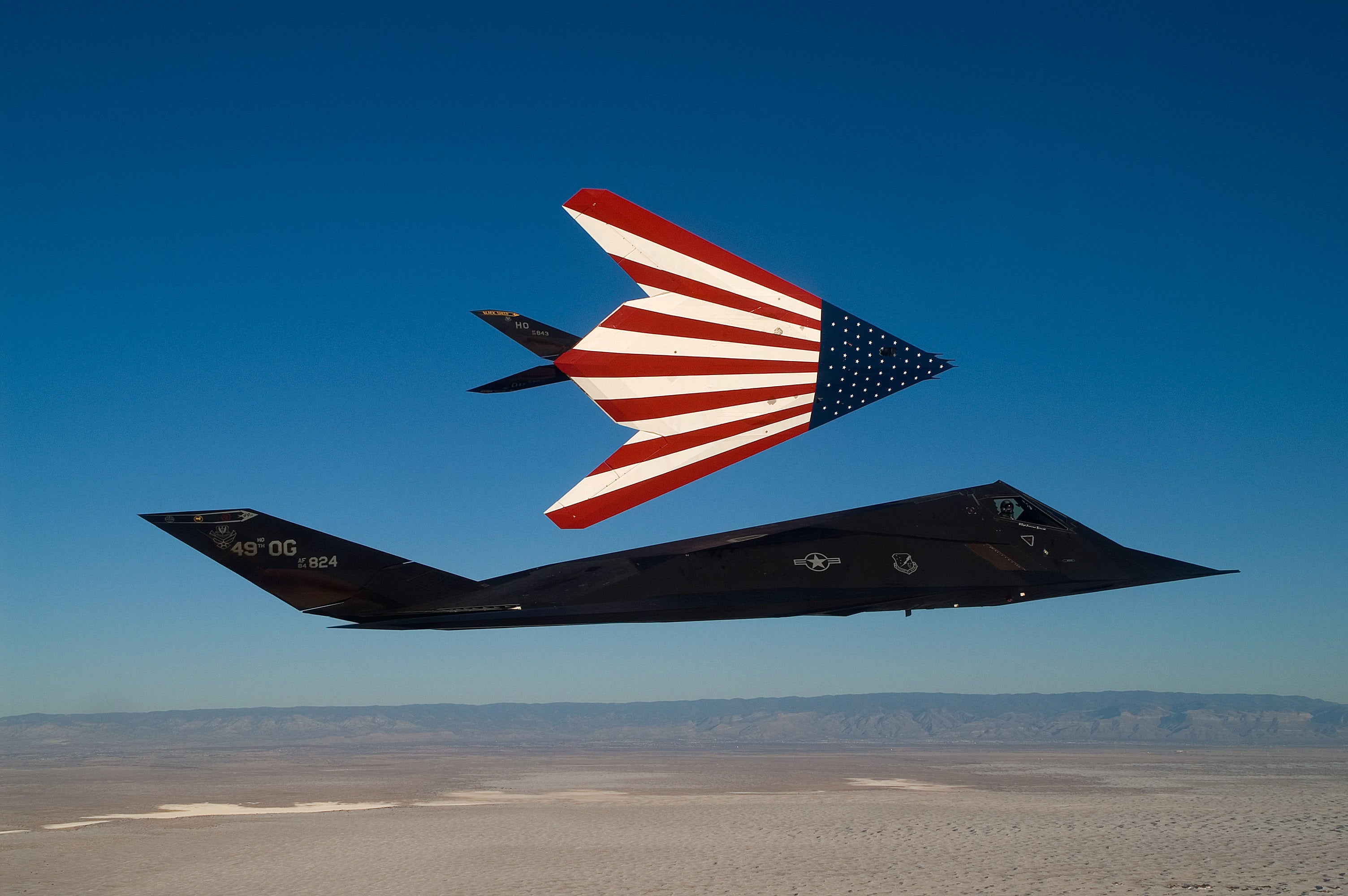
 "ttyymmnn" (ttyymmnn)
"ttyymmnn" (ttyymmnn)
10/11/2017 at 15:56, STARS: 1
There’s good reason that they called the early studies into the F-117 the “hopeless diamond.” Nobody thought it would fly, and without computers it would tumble from the sky.